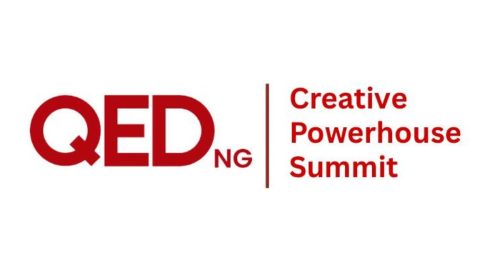Post-pandemic, re/insurers must be more forward-looking: Harrison, D&B

Author: Luke Gallin —- Historically characterised as stuck in its ways and slow to adjust, as the world emerges from the pandemic, the re/insurance industry has an opportunity to accelerate its transformation through investments into digital and data technologies for the benefit of both carriers and clients.
This is ccording to James Harrison, UKI Head of Insurance at global data and analytics firm, Dun & Bradstreet (D&B), who in a recent interview with Reinsurance News explored the need for, and role of data and analytics in the risk transfer space against the backdrop of the global pandemic.
Pre-COVID-19, the insurance industry had been slow to make investments into digital and data technologies. For some time, the industry has had an issue with legacy systems that are heavily customised, and often cite complex processes and products as barriers to transformation.
“The pandemic has revealed the fragility of operating models from a lack of investment in digital and data technologies – this is really showing,” said Harrison.
“The insurers that have made investments in digital data have been more robust. The conversations that we’re having at D&B have really shone a light on that data is now central to corporate strategy for insurers. Ultimately, insurers want to understand who their customers are and develop a high resolution view of their risk profile to then support processes across the insurance value chain.”
D&B turns 180 years old later this year and the company’s data cloud now boasts more than 420 million global businesses, covering 243 countries and territories.
In response to the pandemic, explained Harrison, D&B understood the value its data analytics capabilities could provide to support its clients in industries of all shapes and sizes.
To realise this, the firm created a COVID Impact Index which combines D&B’s data sources with what’s been revealed by businesses, to highlight the disruptions for specific businesses.
Additionally, D&B has established a COVID-19 Commerce Disruption Tracker, which leverages the core capabilities of the firm’s extensive data cloud to provide a macroeconomic view to help businesses identify when risks may arise.
According to D&B’s data, 96.75% of businesses in the UK have been affected by the pandemic. Interestingly, D&B has also assigned industries a score out of 100, with the lower the number being the more impacted. Harrison explained that the UK average score was 51.
“The insurance industry impact score, which I think is quite interesting, is actually 80 out of 100. So, what that is saying is that it’s certainly not the most impacted from an operational point of view and in fact, it’s one of the least, essentially. There is an opportunity for insurers to support industries that have gravely affected, for instance the food and beverage industry which has an index score of 8,” said Harrison.
Taking a closer look at the insurance industry score, Harrison noted that this is partly a result of the sector’s response to the coronavirus outbreak and the fact that operationally, it was pretty much business as usual. However, he noted that the full extent of claims resulting from the pandemic remains unclear.
With this in mind, Harrison offered some insight into what the insurance industry should be doing to make the most of the current market dynamic and importantly, the wealth of data and advanced analytics that’s out there.
“There’s a huge opportunity for the insurance industry to use data analytics, by looking at such scores to really understand the most affected or fragile customers and respond accordingly through offering the right products and services.
“This is something that I’m very passionate about – the insurance industry has the opportunity to start looking and segmenting their customers in a different way,” said Harrison.
“The insurance industry has been built on looking at loss history of its clients. At D&B, through our predictive analytics, we can provide insight into the propensity of growth across customer portfolios.
“Insurers and brokers should be leveraging this to be more forward looking and understand which of their customers are the next FTSE 100s or at the very least who are going to grow significantly post-Covid. This approach is going to be critical for the industry’s own growth strategy coming out of the pandemic” he added.







Leave a Reply